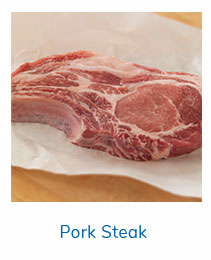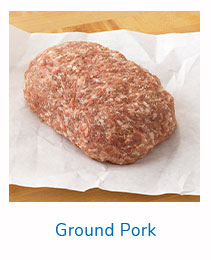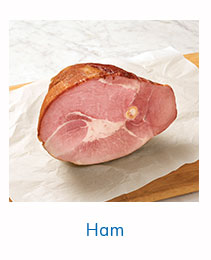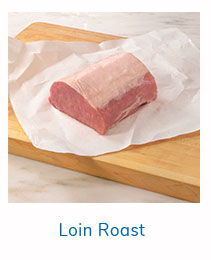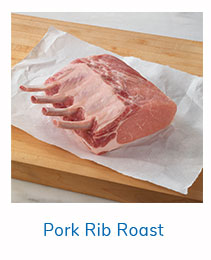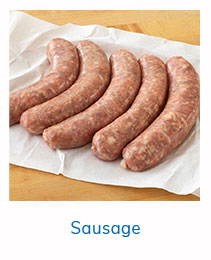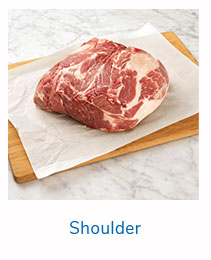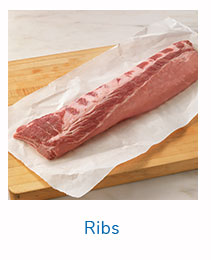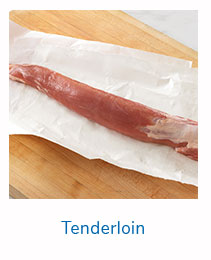Today’s pork is 16% leaner compared to nearly three decades ago. It’s also easy to cook, adaptable to almost any recipe and tender and juicy, too. To prepare pork like a pro, learn the best basic cooking tips needed to master familiar favorite cuts like pork chops and pork loin and even those new-to-you such as pork belly or pork rib roast. Whether you’re cooking a holiday dinner for the entire family or a weeknight meal for one on the run, make pork a mainstay on your menu.
Get to know all the cuts of pork, from bacon to belly and shoulder to sausage
Pork is the most widely consumed and versatile protein in the world. Familiarize yourself with all the options, how to select the appropriate and best cut for your recipe and get suggestions for cooking it to perfection.
You’ve picked your pork cut, now cook it like a pro
Get to grilling, baking or smoking your selected pork cut, or save time with simple tips on instant pot prep. Discover the magic of marinades or give your pork the royal treatment with a dry rub. The options for pork preparation are endless!
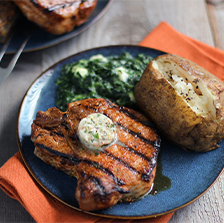
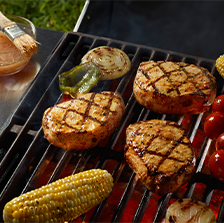
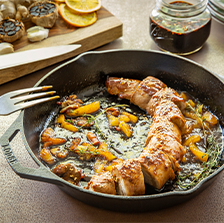
The safe internal temperature for cooking pork is 145 degrees Fahrenheit – USDA recommended
Finding the sweet spot for correct cooking temperature is the final step in plating a perfectly juicy, tender cut of pork. Pork today is very lean, making it important to not overcook and follow the recommended cooking temperature.
| Cut | Temperature |
|---|---|
| Pork Loin | 145 F° – 160 F° |
| Tenderloin | 145 F° – 160 F° |
| Pork Chop | 145 F° – 160 F° |
| Ham | 140 F |
| Ribs | Tender |
| Ground Pork | 140 F° |
| Pork Shoulder | Tender |
| Cutlets | Tender |
Adhering to these pork cooking temperature guidelines will result in an optimum eating experience for enhanced flavor and safety. These recommendations from National Pork Board follow the guidance of the U.S. Department of Agriculture (USDA). For a full list of cooking times and temperatures based on cut and method, click the button below.
Give it a Rest
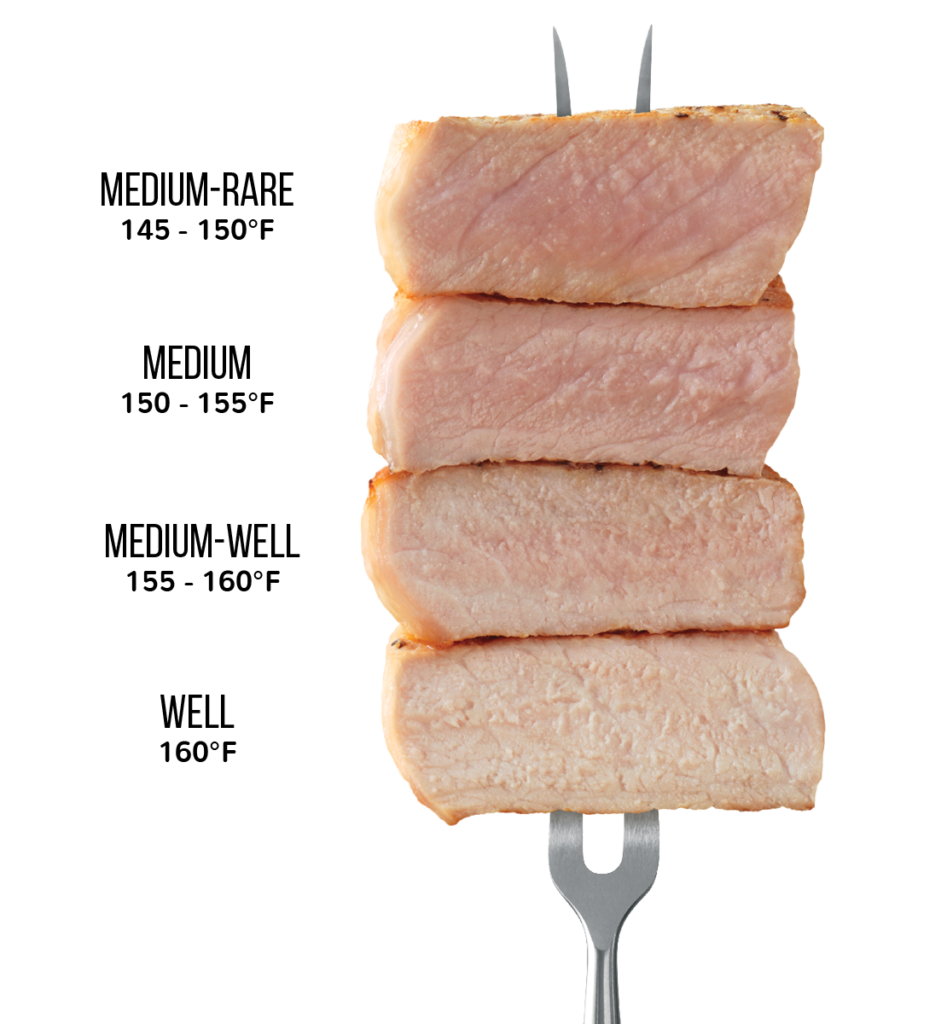
Once you’ve reached the desired internal temperature of the pork cut you’re preparing, remove it from the heat source and let it rest for three minutes.
“Rest time” is the amount of time the pork remains at its final temperature, after it has been removed from a grill, oven or other heat source. During these three minutes, the temperature remains constant or continues to rise, which destroys harmful bacteria, giving you the safest, yet most juicy and tender pork possible. Try it—you’ll be glad you did!
To check doneness properly, use a digital cooking thermometer to measure the temperature at the thickest part of the cut without touching any bone. Checking the internal temperature often will prevent dryness and help serve up the ideal pork eating experience. A digital, instant-read thermometer is a low-cost, must-have for every kitchen, whether you’re a novice or pro when it comes to preparing pork. Once you have reached the desired internal temperature, remove from heat and let it rest for three minutes. Then enjoy!





